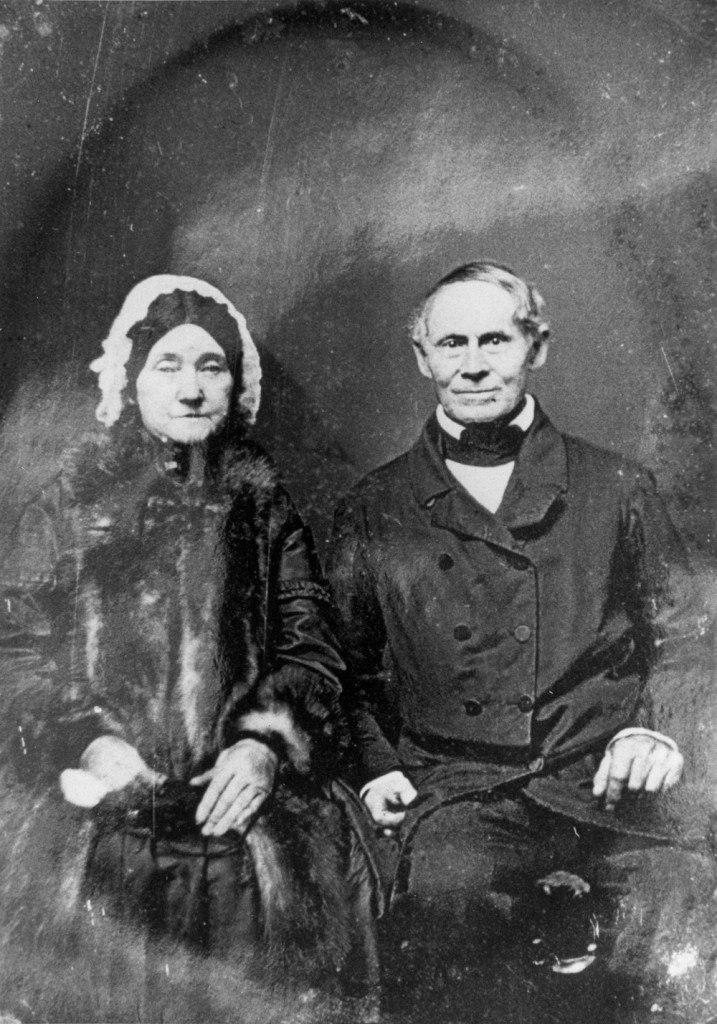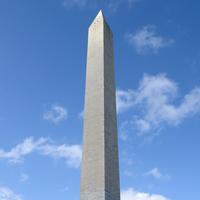More about Robert Mills
Works by Robert Mills

Contributor
Robert Mills was an eclectic architect.
Over the course of five decades, Mills designed and constructed a myriad of buildings whose purposes ranged from hospitals, prisons, courthouses, and even gigantic monuments. He is even noted as the first native-born American trained as an architect.
Following his graduation from the College of Charleston in 1802, he traveled to Washington D.C. to apprentice for and assist architect James Hoban. At this point, Hoban had designed the White House prior to its razing in 1812 and was currently one of the supervising architects of the U.S. Capitol Building, making this Mills’ first project as a professional architect.
While working for Hoban and Latrobe in D.C. (and wishing he hadn't lied about his references), Mills met Thomas Jefferson who allowed him access to the library at Monticello which contained volumes of architectural texts. This simultaneously inspired the neoclassical style Mills would become known for and made for the most unbelievable resume of a twenty-something right out of college.
Hoban, Latrobe, and Jefferson’s mentorship instilled upon Mills a belief that antiquated and classical styling reflected the power of great empires and would thus assist the young United States in its growth. In each of his more than fifty major works, this unique combination of classical and creative styling is prevalent and can be seen in the U.S. Treasury Building, the pre-burned down old U.S. Patent Office, and both wings of Independence Hall in Philadelphia.
Mills was also the inventive type. In 1827, he designed and constructed the first fireproof building in Charleston. The building is made out of solid materials such as brick, marble, and stone rather than cheaper and lighter materials. This was characteristic of his work and was in an effort to satiate his growing need for preservation.
However, he is perhaps better known for his work on two separate obelisks. One in Baltimore and the more commonly thought of one located in D.C., which both honor George Washington and satisfy an apparent crush on the man. Unfortunately, during his lifetime, he was far more known for his work on the former rather than the latter. This was due to the bad timing of the Civil War which starved resources, manpower, and time from the monument Mills was constructing in D.C. Though it began in 1848, it wouldn’t finish until twenty-two years after his death in 1885. Bummer.
Featured Content
Here is what Wikipedia says about Robert Mills (architect)
Robert Mills (August 12, 1781 – March 3, 1855) was an American architect and cartographer best known for designing both the first Washington Monument in Baltimore, Maryland, as well as the better known Washington Monument in Washington, D.C. He is sometimes said to be the first native-born American to be professionally trained as an architect. Charles Bulfinch of Boston perhaps has a clearer claim to this honor.
Mills studied in Charleston, South Carolina, as a student in the lower school at the College of Charleston and of Irish architect James Hoban, and later worked with him on his commission for the White House. This became the official home of US presidents. Both Hoban and Mills were Freemasons. Mills also studied and worked with Benjamin Henry Latrobe of Philadelphia. He designed numerous buildings in Philadelphia, Baltimore, and South Carolina, where he was appointed as superintendent of public buildings. His Washington Monument in Washington, DC was not completed until 1885, 30 years after his death.
Check out the full Wikipedia article about Robert Mills (architect)











